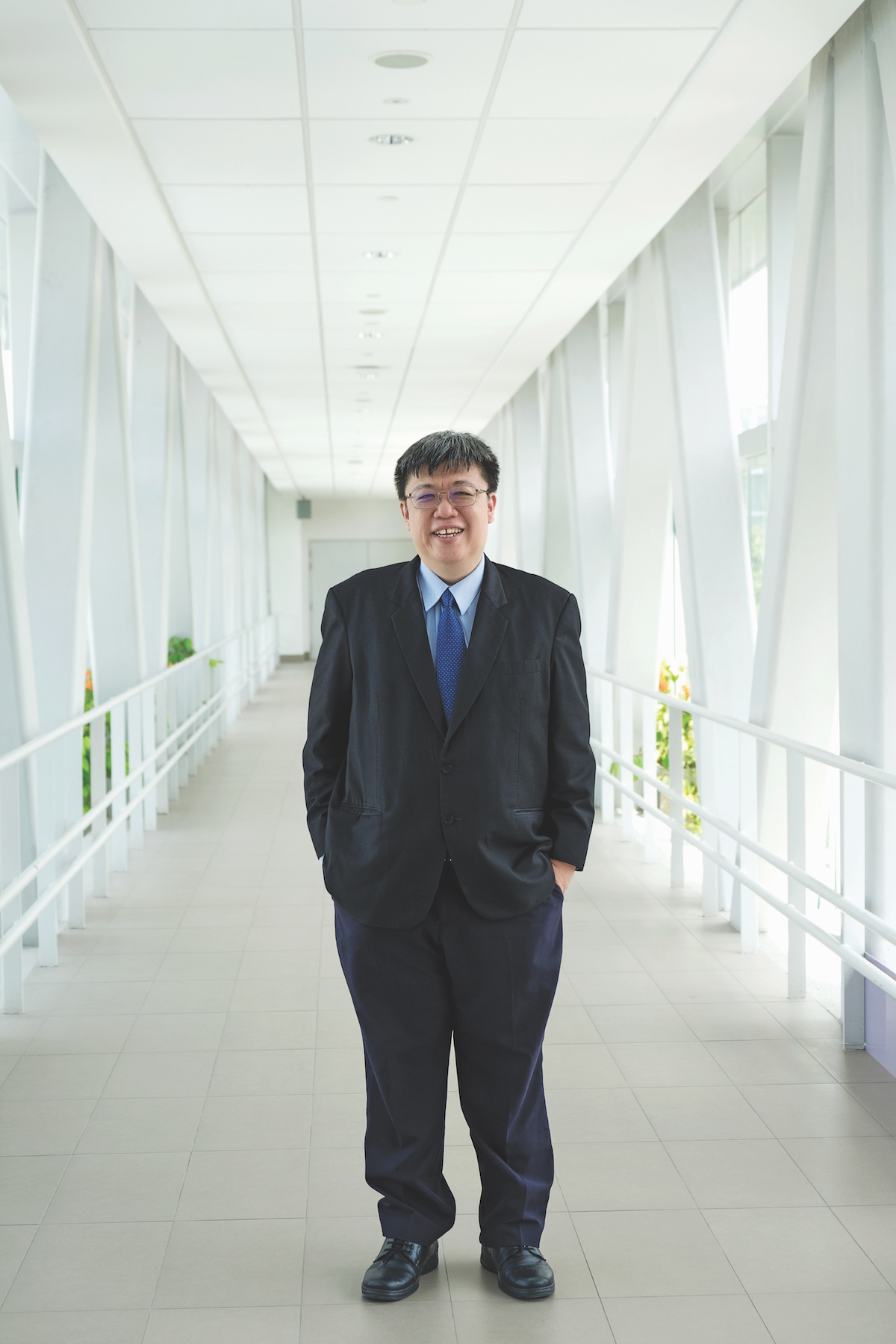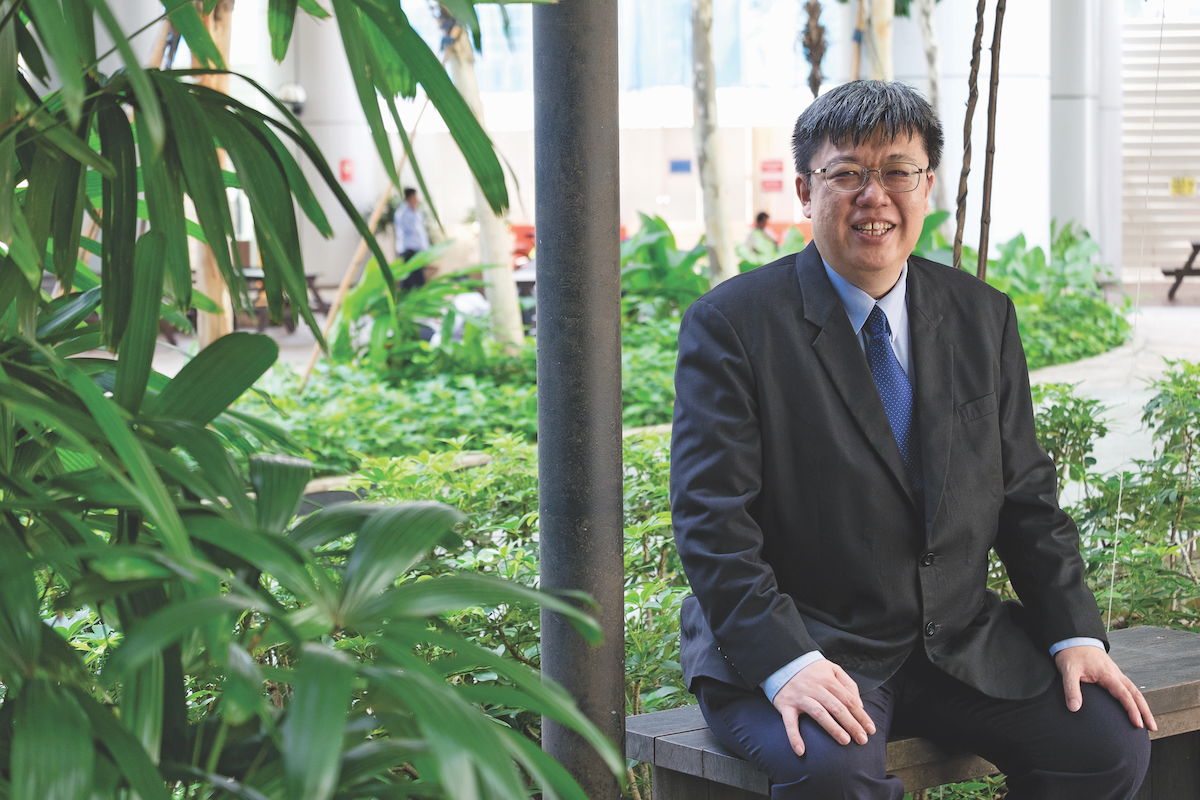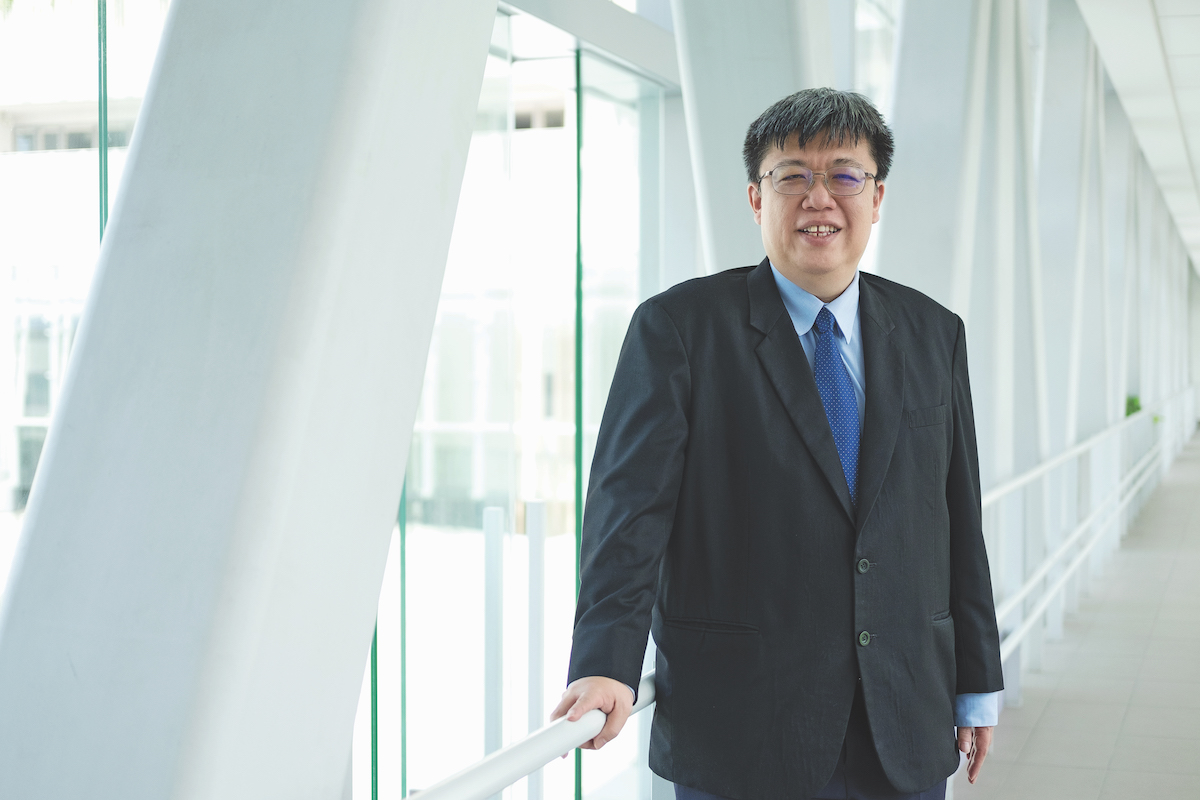Singapore is one of the most rapidly ageing countries in the world. This fact is proving to be a catalyst for changing the way Changi General Hospital (CGH) delivers medical care to its patients. In the face of more complex patient needs, Chief Executive Officer Dr Lee Chien Earn is ensuring the hospital’s focus remains firmly fixed on providing the care that matters most to its patients. He explains: “It is rather rare now to have patients with a single condition.
They usually come with more than one. They may have hypertension, diabetes, kidney problems, or they may have heart problems. That makes the care for the patients much more complex than it would have been before. One of our key aims is to restore functionality so that when the patients are in the hospital, every day they’re here actively contributes to their recovery and their ability to return to the community and to be able to live independently in the community.”
That in turn means putting more effort into coordinating and integrating the care of the patient. In the past, a patient who has 5 medical problems may have had to see 5 specialists along with interacting with 10 or more nurses and a similar number of allied health professionals. For the patient, that could result in a confusing array of care plans. “One care plan may say the patient needs to maintain their hydration and another could ask them to restrict their fluids,” Lee says.

While the advice may actually be the same recommendation to drink a specific amount of fluid, the patient could easily be left confused. “So one of the things that we are working on in Changi General Hospital is to make care as seamless as possible so that the more complex your medical condition, the fewer people you should actually be interacting with. Instead, the patient should see one primary lead clinician who then interacts with the other clinicians and members of the care team to come up with an integrated care plan for the patient.”
To this end, the public hospital, which serves eastern Singapore, is developing multispecialty and multidisciplinary outpatient services. “In addition to the usual services of a hospital, we also have interspecialty and interdisciplinary services, such as our integrated sleep service — a collaboration between our ENT (ear, nose, throat) and respiratory physicians.”
Other similar services on the way include: an integrated diabetes, obesity and metabolic disease service; an integrated airways service; and a Digestive Disease Centre. All aim to ensure that the care that is delivered is best suited for the patient. “Sometimes the modality of treatment that may be recommended may be more medically inclined or surgically inclined depending on who you see first, but what is more important is actually what the patient needs rather than who they saw first,” he says. It’s an important revolution and one that Lee has been driving since he took the helm at the regional hospital 4 years ago.
Increasingly, the hospital is not just focused on saving lives; it also sees itself playing a role in maintaining the health and functionality of the population. The CGH Sports Medicine Centre, the largest in Singapore, serves far more than the elite athlete. “It is actually for everyone because keeping healthy is now a key focus, and keeping fit is definitely something that contributes towards it.”
Another of Lee’s goals is to find ways to better integrate neighbourhood GP clinics into the hospital system to enable patients to be cared for in the right setting and prevent the hospital’s accident and emergency department from being clogged by patients with minor ailments.

“Our mission is to deliver the best patient care with passion and empathy because we believe that no matter what technology we have, healthcare will remain very relational.” – Dr Lee Chien Earn
Having just recently taken on the additional role of Group CEO for the Eastern Health Alliance, Lee is also looking more widely at how the hospital can act as a resource for the regional health system that serves the population in eastern Singapore. “As a hospital which is 5,000 strong, we have talents, resources and capabilities that we can use to benefit our partners as well as the community in the east.”
Looking ahead, Lee emphasises the importance of embedding continuous quality improvement in the hospital’s culture. This doesn’t just mean technological improvements.
“Our mission is to deliver the best patient care with passion and empathy because we believe that no matter what technology we have, healthcare will remain very relational.”
It’s a process that started with getting fresh clarity around CGH’s vision, mission and values as these affect the hospital’s culture. “We feel that a conducive culture is critical for quality improvement because quality improvement requires us to be honest with ourselves: to recognise where we are good, but just as much to recognise where we have room for improvement.”
As he points out, that insight doesn’t necessarily just come from the hospital’s leadership. “That insight can come from virtually anyone. Leaders do not have a monopoly on wisdom; often it is the people who are closest to the ground that have the greatest insights, and our role as leaders is then to provide them with the necessary resources, and empower them with the mandate, for the change to happen.” He acknowledges that not every attempted innovation is going to be successful. “That is the nature of innovation: not everything will succeed. But we must learn from every project, and to learn means being honest with ourselves.”
Changi General Hospital now has an ‘innovation ecosystem’ where it sifts through the areas of need, its capabilities, and determines which projects to start and which to continue.Naturally, innovation also involves drawing on the potential of technology to transform ways of working. “We have our Centre for Healthcare Assistive and Robotics Technology (CHART) where we try to see how we can use robotics and assistive technology to improve care for our patients and make work better for our staff too,” Lee explains.
That includes using robots to complement its portering service and pneumatic tube system, and automatic guided vehicles to transfer large, heavy loads like food trolleys from the kitchen to the wards. The hospital has an inpatient pharmacy automated system that enables ‘closed-loop’ medication management from prescribing to administration, and CGH is in the process of developing a similar outpatient system.
Lee is emphatic that enablers and champions of the innovation projects should be drawn from the whole of the hospital, not just the clinicians. For example, he says, the hospital’s dieticians and kitchen have created a range of ready-to-eat texture-modified meals in local flavours — a regional first for patients such as those recovering from strokes, or who have swallowing difficulties. The hospital has since inked a licensing agreement with a commercial provider to produce and market the meals in the Asia–Pacific. It’s an approach that has generally underpinned the hospital’s relationships with its key suppliers and partners.
“Our approach has always been to collaborate and to develop win–win solutions because we see that, as a hospital, we need to focus on our key mission. In the case of the texture-modified meals, we worked with a commercial partner, as our focus is on clinical services, not marketing. It also helps the hospital guard against ‘mission-creep’,” explains Lee.
“Sometimes we stretch ourselves and try to do more because we see a need, but if we can take a step back and look around, we may find partners with capabilities in the community who are better placed to meet these needs.
We need to be very focused on what our core competency and our core mission is, and then work with our partners not just at the transactional level but also at a relational level, in a spirit of mutual respect and collaboration. My belief is that if we view an interaction as a transaction, it ends when the product or service is delivered and the fee is paid. But when we work at a collaborative, relational level, we are actually trying to solve a common problem or a common issue together, and we are then better able to innovate, create and deliver solutions that are meaningful.”

